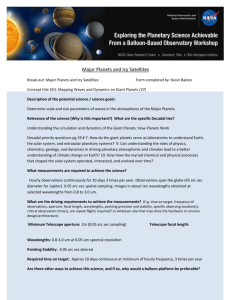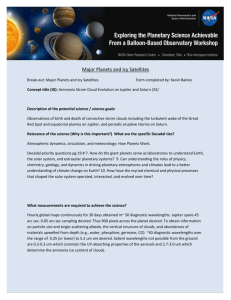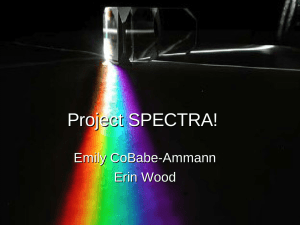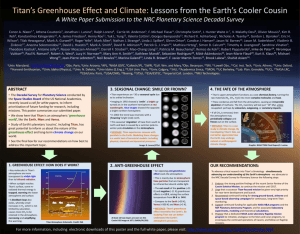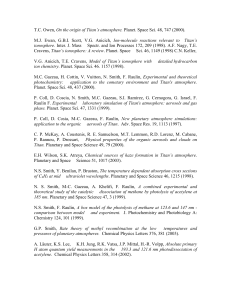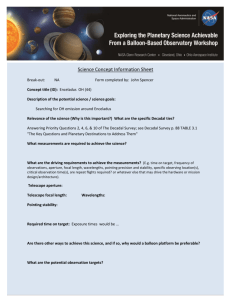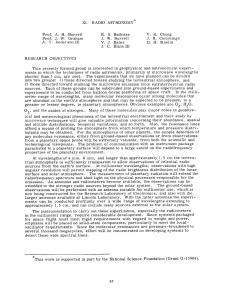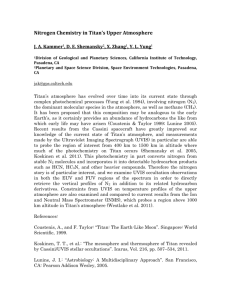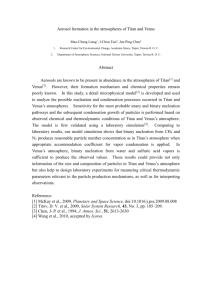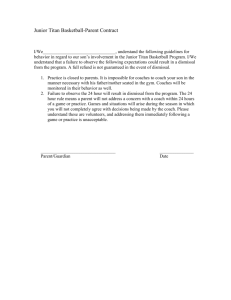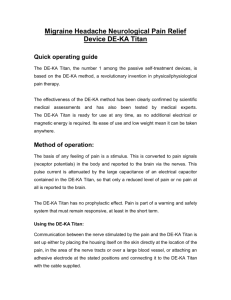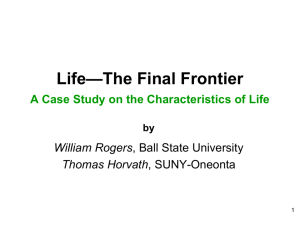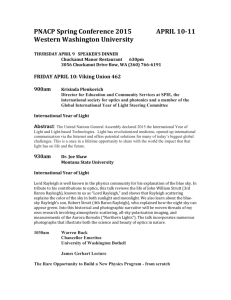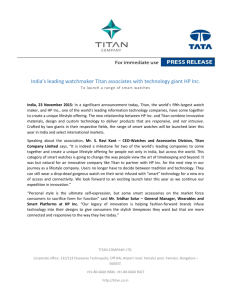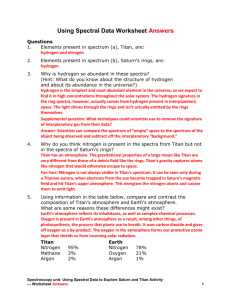Methane Storm Cloud Evolution on Titan
advertisement
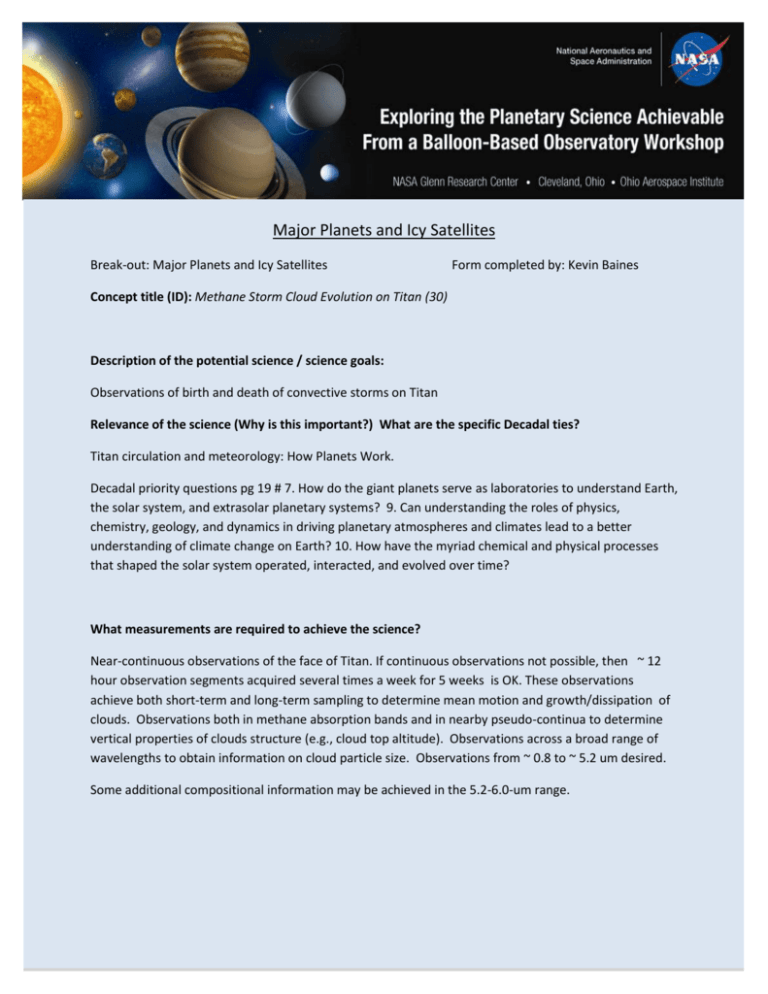
Major Planets and Icy Satellites Break-out: Major Planets and Icy Satellites Form completed by: Kevin Baines Concept title (ID): Methane Storm Cloud Evolution on Titan (30) Description of the potential science / science goals: Observations of birth and death of convective storms on Titan Relevance of the science (Why is this important?) What are the specific Decadal ties? Titan circulation and meteorology: How Planets Work. Decadal priority questions pg 19 # 7. How do the giant planets serve as laboratories to understand Earth, the solar system, and extrasolar planetary systems? 9. Can understanding the roles of physics, chemistry, geology, and dynamics in driving planetary atmospheres and climates lead to a better understanding of climate change on Earth? 10. How have the myriad chemical and physical processes that shaped the solar system operated, interacted, and evolved over time? What measurements are required to achieve the science? Near-continuous observations of the face of Titan. If continuous observations not possible, then ~ 12 hour observation segments acquired several times a week for 5 weeks is OK. These observations achieve both short-term and long-term sampling to determine mean motion and growth/dissipation of clouds. Observations both in methane absorption bands and in nearby pseudo-continua to determine vertical properties of clouds structure (e.g., cloud top altitude). Observations across a broad range of wavelengths to obtain information on cloud particle size. Observations from ~ 0.8 to ~ 5.2 um desired. Some additional compositional information may be achieved in the 5.2-6.0-um range. What are the driving requirements to achieve the measurements? (E.g. time on target, frequency of observations, aperture, focal length, wavelengths, pointing precision and stability, specific observing location(s), critical observation time(s), are repeat flights required? or whatever else that may drive the hardware or mission design/architecture). Telescope aperture: Telescope focal length: Wavelengths: 3.1-3.4 um and 1.5-2.2um at .01um spectral resolution as a minimum. Would like entire 1.0 – 5.2 um spectrum if available. Pointing stability: .05 arc sec desired Required time on target: approx 32 days of observations with a minimum of hourly cadence . Can be split up in 16 segments of 12 hrs each. Are there other ways to achieve this science, and if so, why would a balloon platform be preferable? Only platform, other than spacecraft, that allows for continuous observations for more than ~ 8 hrs per day of a planetary target. Enhanced “seeing” from high-altitude platform allows clear views of clouds in far-away Titan (~ 1.5 billion km distant). What are the potential observation targets? Titan What planetary science disciplines would this involve? Atmospheric Dynamics, Atmospheric Meteorology, Planetary Circulation, Comparative Planetology Point of contact for follow-on questions (Name and contact info) Kevin Baines, blueskies4321@yahoo.com
